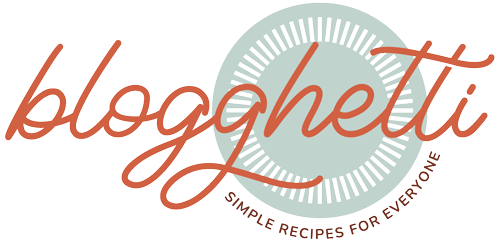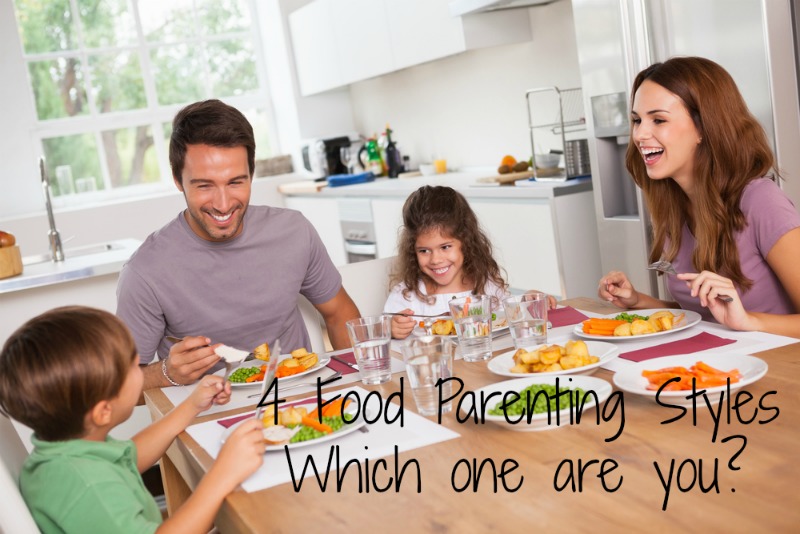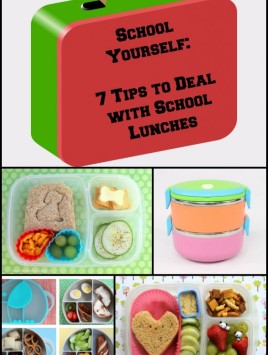4 Food Parenting Styles and the Only One that Will Bring Peace to Your Mind
Guest post by Danny Nguyen
In the present times, the number of overweight children has hit an all-time high. What is worse about this is that the population of obese and overweight children has been growing at a fast and alarming rate. Poor eating habits among children put them at risk of being unable to outlive their predecessors (their parents included). While there are lots of factors that can contribute to overweight and obesity in children, food parenting style is the most predominant factor.
Parenting styles simply refer to how you interact and relate with your child on a daily basis. It is worth noting that food parenting styles have an effect on the child’s future relationship and interaction with food, self-regulating food intake, eating habits and ability to maintain a normal weight. There are four parenting styles that include:
Permissive Feeding Style
This is arguably the most common and popular feeding style among most parents. In this style, the parent does not set limits or enforce boundaries as far as feeding times are concerned. This style is labeled as too soft and bestows children with the responsibility of deciding what they want to eat and at what time. The most evident signs of this feeding style include grazing between mealtimes and short-order cooking.
In permissive feeding style, the parent has literally no authority over what the child eats. For instance, if the parent wants to cook broccoli but the child feels like eating fries, the parent will prepare fries instead of broccoli to keep the child happy. However, this feeding style is very disastrous and has damaging effects on the health of a child, as the child does not eat a balanced diet. Children whose parents use this feeding style mostly eat junk and sugary foods only.
Research studies have shown that children whose parents use a permissive feeding style are more likely to be obese and have low immunity than those of parents using other feeding styles. There are very few rules in permissive feeding style and as such, the parents have little control over what their children eat.
Authoritarian Feeding Style
Also known as the “clean plate” feeding style, this style is common among strict parents who like having control over what their children eat. In this style, the parents pressure their children to eat specific foods, restrict unhealthy foods like junk foods, and finish the food placed on their plates. Unlike in the permissive feeding style, parents have full control over what their children eat in the authoritarian feeding style.
The authoritarian feeding style is the traditional style adopted by most parents of yester years. In this style, the parent completely disregards the child’s eating preferences and food choices. This style is characterized by decreased food enjoyment by children, slow eating, and early satiety among other characteristics. Parents who use this feeding style are less concerned with their children’s emotions. The parents’ directions and instructions on eating are final and cannot be debated or negotiated by the child.
Children brought up with the authoritarian feeding style can either be underweight or overweight depending on the food choices that their parents make for them. Their immunities may also be quite weak as these children eat less vegetables and fruit.
Neglectful Feeding Style
This is by far the most disorganized and unreliable feeding style. In this style, there is very little planning on what to eat both on the part of the parent and the child. Parents who use this style are usually less involved with what their children eat. It is not uncommon to miss a few meals as the parents forget to eat or feed their children. Most parents who use this feeding style do not do any shopping for food and their fridges are empty on most days.
Neglectful feeding style does not pay any attention to the quality and quantity of food eaten by children. It is important to note that this style can have far reaching negative implications on the child as it can make children excessively preoccupied with food as well as create food insecurity in children. Consequently, it can trigger emotional disorders in children.
Neglectful feeding style is usually a clear indication of failed parenting. This is because parents who are not concerned with their children’s eating style pay very little attention to other aspects of their children’s lives. In general, neglectful food parenting style does more harm than good to parents and children alike.
Authoritative Feeding Style
This is arguably the best and most efficient feeding style as it aims at promoting good healthy in children by using the right feeding approach. Children fed and brought up using this food parenting styles have healthy bodies as they are fed on the right food and in the appropriate proportions. This feeding style is very effective in promoting good eating habits that in turn translate to healthy growth and development.
In the authoritative feeding style, roles between the parent and the child are clearly defined. The parent decides what and when to eat while the child decides on the amount to eat as well as if they want to eat the food offered. Parents who use this food parenting style trust their children’s appetite and do not force any food on the child. In addition to this, the parent takes consideration of the feelings and emotions of their children on food choices.
The best thing about an authoritative feeding style is that it enables children to have control over their appetites and are therefore not likely to over-indulge in any food. Chances of excessive weight gain or obesity are very low in this parenting style. Another interesting thing about this style is that parents adopt age-appropriate eating standards and strategies as far as feeding their children is concerned.
Which is the Best Feeding Style?
It goes without saying that an authoritative food parenting style is the best feeding approach to use. This is because the style is beneficial to both parents and children. Additionally, it promotes responsible food handling and eating by children. In this feeding style, there is almost no food wastage at all. Children also eat a balanced diet that is crucial for their healthy growth and development. The immunities of children are also very high thereby making them less susceptible to disease and infection attacks.
About the author: This is a guest post by Danny Nguyen from MyParentingJournal.com, a blog dedicated to parenting best practices, tips, advice, and resources.








I really like the views presented. I will definitely try this at home with my kids.
Never thought of putting a label on how we eat, but if I was pressed to put a name to it, we are more of an”authoritative food” family (sort of) . We do allow “grazing” but I should say, we don’t keep any junk food in our home…Zero. No soda, no sugary drinks like kool-aid, no chips, candies, etc.. We keep berries, nuts, fruit, veggies, and cheese. Should our little ones want something in between meals, they are allowed to consume those types of things. So we “know” what they are eating but do not restrict how often or when they eat it.
Christina, that’s how we were with our girls and they make healthier choices as adults now. Yes, we had the junk food in the house but they would more often than not choose the healthier options. It’s all about balance, I think.
I found this read very interesting.
I admit that I also find myself in the authoritative style of feeding, however, there are always grey lines. Sometimes you need to negotiate in order for your child to eat a mouth full and some days we are disorganized… not to the point of not feeding a child though!! that is a bit extreme.
Maybe the negotiator is another type you could add… or the parent that hides healthy foods in a meal so that their child will eat it.
Thanks for this entertaining read
https://www.roamingmommy.com